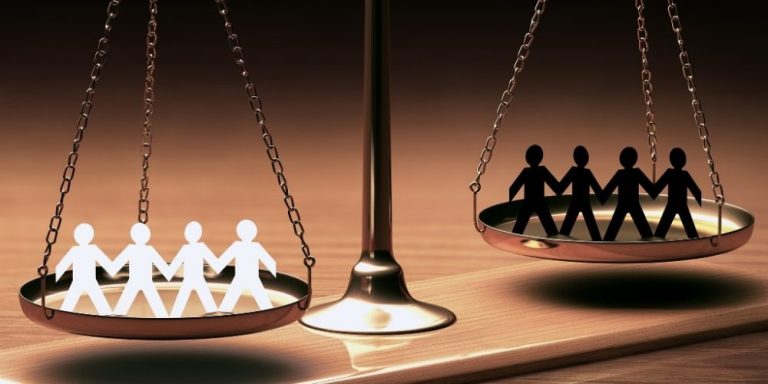There are a few simple steps HR professionals can take in order to reduce unconscious bias and improve decision making in the workplace, writes Michelle Gibbings
HR executives and managers make decisions every day – for themselves and their clients, and having highly attuned and skilled decision making skills is critical.
However, most people are unaware of the bias that surrounds decision making. This bias is pervasive, and often unconscious.
The bias invasion
Decisions aren’t made on facts alone. They are made on assumptions, feelings and gut reactions.
The pre-frontal cortex, which is the part of the brain that’s involved in thinking, analysing and reasoning, gets tired easily.
Consequently, the brain, very cleverly, has found a way of conserving energy. It takes short-cuts. A mental short-cut is known as a heuristic. The brain uses heuristics to make big things and complex issues easier to manage, and ultimately remember.
As the brain takes in new information it tries to make sense of it, so that it knows what it needs to do. To ease the cognitive load this processing takes, it compresses information and sorts it into patterns. It looks for things that it’s seen or experienced before and goes – “I now know what to do”.
Of course, the brain’s short cutting process isn’t always reliable, and it gives rise to bias in decision making. For example, the brain may expect to see something in a certain way, and so it will seek out information to validate that view. It filters out information that doesn’t fit with its view of the way things should be.
Consequently, you can close your mind to new information that may be relevant. And so bias can easily and unconsciously, invade your decision making.
Bias impacts decisions everyday
Many HR professionals are aware of how this plays out in recruitment practices, but don’t think about its impact across other types of decisions that are made. For example, when making strategic choices on investments, operating model redesign and remuneration.
Daniel Kahneman in his brilliant book Thinking Fast and Slow shared his years of research into this field. He explains how the automatic and instinctual part of brain can lead to cognitive bias, and that people can place too much confidence in their own judgement.
This leads to decision traps such as: sunk cost (where due to loss aversion people don’t walk away from something, even when the facts show they should), anchoring (where decisions are influenced by the earliest piece of information received), and others.
It is exacerbated when a person is tired.
The brain is like a muscle. When you work out at the gym your muscles get tired and need to be rested. If you want to be at peak performance you get the right balance between “working” your muscles and “resting” them.
It’s the same for the brain. Every time you make a decision you use up precious resources in your brain.
When the brain is tired it eagerly takes the path of least resistance, and this is where it gets dangerous. Because taking the path of least resistance means a person is letting expectations and assumptions drive how they think and act.
A US study of parole board decisions found that the decision to be paroled had less to do with the facts of the case and more to do with when the prisoner appeared before the parole board. If they appeared in the morning, the prisoners received parole about 70 per cent of time. In contrast, those later in the day were paroled less than 10 per cent of the time. Being tired affected the decision being made.
Shifting perspective takes effort
How does the HR professional overcome these natural barriers to help ensure that decision making has the right level of robustness? It’s about having the right level of awareness, analysis and aptitude.
- Awareness: it’s important to understand the level of consciousness you have about the decision you are making. Are you aware that a decision is being made? Are you alert to influencing factors and how you are processing information? Are you conscious of limitations or bias that may be constraining how you think?
- Analysis: be clear on how you analyse and secure a range of information sources, and ensure you are not selectively filtering out information. How much information are you looking at? Are you seeking views from a range of diverse sources? How are you prioritising the information and using a clear process to sort, rank and select the possible outcomes?
- Aptitude: be willing to challenge assumptions, pre conceived ideas and to take on different ideas and opinions. During your thinking processes are you being curious and opened minded, or is your opinion fixed? Are you ensuring that the decision has been analysed from multiple perspectives? Are you listening to the silent minority and looking for outliers? Are you taking the necessary time to think, reflect and sleep on the decision?
Alfred Sloan, the former CEO of General Motors is quoted as saying: “Gentlemen, I take it we are all in complete agreement on the decision here… Then I propose we postpone further discussion on this matter until our next meeting to give ourselves time to develop disagreement and perhaps gain some understanding of what the decision is all about.”
Perhaps it’s time to take your decision making to a new level.
Image source: iStock




